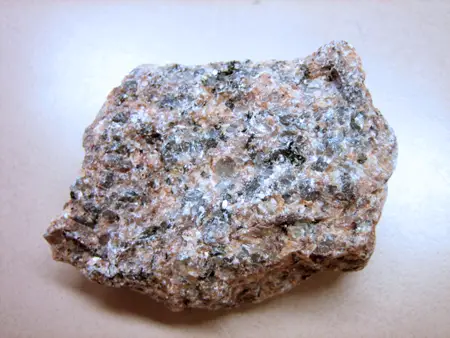

In today's class, we learned about homogeneous and heterogeneous substances, as well as solutions, pure substances, and how to tell the difference, and mixtures and how to separate them.
- Homogeneous substances consist of only one visible component (i.e. distilled water, oxygen)
- Heterogeneous substances contain more than one visible component (i.e. chocolate chip cookie) We also learned about what pure substances are. There are two type of pure substances, elements and compounds.
- There are two types of pure substances:
- Elements: substances that cannot be broken down into simpler substances by chemical reactions (i.e. oxygen, iron, magnesium)
- Compounds: substances that are made up of two or more elements and can be changed into elements or other compounds by chemical reactions (i.e. water, sugar)
- How to tell the difference between an element and compound:
- The differences are really only visible on an atomic level
- Electrolysis: to connect the substance to an electric current, and split the compound apart into its constituent elements
- Solution: a homogenous mixture of two or more substances that may not always involve liquids (i.e. fog, steel)
- Solvent: the component present in a solution that is in greater amount
- water is the most common solvent
- the symbol (aq) is used when something is dissolved in water
- Solute: the component present in a solution that is in lesser amount
- Mixtures: many are easy to identify, but others are easily confused as pure substances
- In heterogeneous mixtures, the different parts are clearly visible (i.e. granite, sand, fog)
- In homogenous mixtures, the different parts are not visible (i.e. salt water, air, brass)
- Separating mixtures is a physical change. There are many methods to separate mixtures, depending on the type of mixture:
- by hand, filtration -> are for heterogenous mixtures only
- distillation, crystallization, chromatography
This is a little short. We definitely covered more than a paragraph of material in class.
You should probably go into more detail on the differences between homogenous mixtures and heterogenous mixtures as well as specific ways we can seperate them. These should include distillation, filteration, solvent separation, chromotography ect.